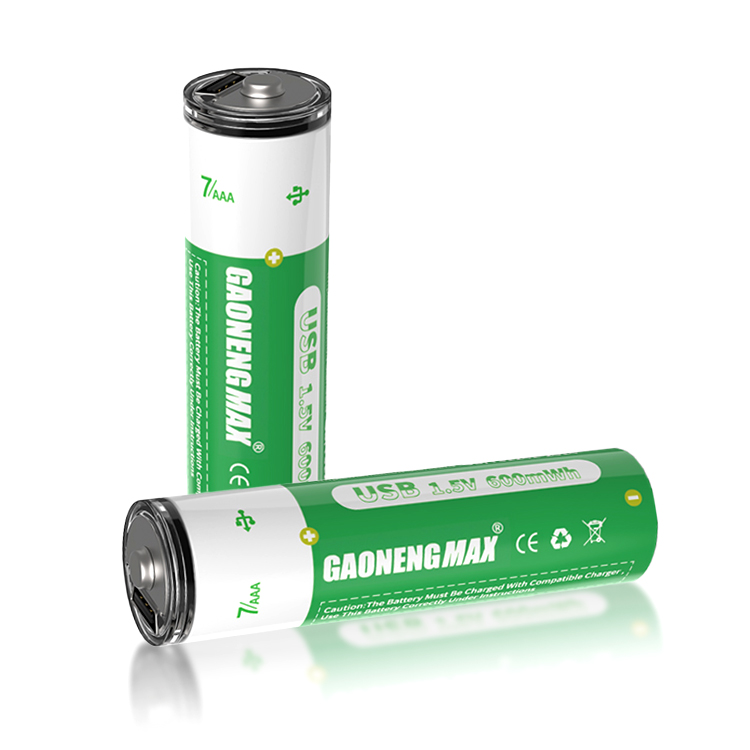
Recently, the State Administration for Market Regulation and the National
Standards Administration approved the release of an important national standard
in the field of environmental protection - "Technical Specifications for
Recycling of Waste Lead-Acid Batteries". The standard stipulates the processing
methods and management measures for the collection, storage, transportation and
transfer of waste lead-acid batteries, which is conducive to standardizing the
recycling and utilization of waste lead-acid batteries by production enterprises
and preventing secondary pollution. It will also standardize the waste battery
recycling industry. The overall development serves as a model. End-of-life
lead-acid batteries contain lead and acid and can cause environmental and safety
hazards if not properly disposed of. Yi Xiaobo, one of the drafters of the
standard, deputy director of the Shenyang Battery Research Institute and
chairman of the National Lead-Acid Battery Standardization Committee, believes
that the standardized recycling amount of waste lead-acid batteries in China is
a prerequisite for the effectiveness of the implementation of this standard. If
the standards are standardized The amount of sexual recycling is very low, and
no matter how good the standards are, the implementation results will be
limited. Yi Xiaobo said that unlike many waste products, the reuse rate of lead
in waste lead-acid batteries is extremely high. The main flow is to recycled
lead smelting plants. The recycling price is about 10,000 yuan per ton. The
considerable recycling price makes waste lead-acid batteries The battery
recycling rate is very high. Therefore, the harm caused by waste lead-acid
batteries to the environment and human body originates from the collection,
storage, transportation, transfer and other links. This is also the importance
of the formulation of this standard - waste lead-acid battery recycling
companies are responsible for the implementation of this standard. As long as
recycling companies can implement good standards, the environmental harm of
waste lead-acid batteries will be greatly reduced. According to reports, my
country produces about 5.5 million tons of used lead-acid batteries every year,
of which about 500,000 tons are used and can continue to be used through repair.
The demand for raw materials from my country's recycled lead smelters is about
12 million tons. Although waste lead-acid batteries are the main raw material
for recycled lead smelting, 5 million tons of waste lead-acid batteries are far
from meeting the needs of the recycled lead smelting industry. Yi Xiaobo is
generally optimistic about the implementation effect of this standard, but
believes that there are certain difficulties. The effectiveness of standard
implementation depends critically on the effectiveness of training for relevant
market entities. Currently, only about 30% of lead-acid batteries in my country
contain flowing sulfuric acid electrolyte, which means that the electrolyte in
about 70% of lead-acid batteries is stagnant, or is adsorbed in glass fiber wool
or in a colloidal state. If it is not broken by a serious drop or impact, the
electrolyte will not leak out and harm the environment. Even for waste lead-acid
batteries containing flowing electrolyte, since the structure of most batteries
has strong sealing properties, The electrolyte will not flow out easily either.
Secondly, from the perspective of the standardization of recycling, firstly,
most of the dealers and sales networks of battery manufacturers are able to
grasp the basic requirements for recycling waste lead-acid batteries; secondly,
communication, railways, stations, docks and other places where lead-acid
batteries are intensively used Users generally sell the waste lead-acid
batteries directly back to secondary lead smelting plants; third, most qualified
secondary lead smelting companies have relatively standardized recycling
processes due to the price and professionalism of waste lead-acid batteries. Yi
Xiaobo emphasized that with the implementation of the standard, battery dealers,
centralized users and recycled lead smelting enterprises will be more
standardized in recycling waste lead-acid batteries. The recycling of 60% of
waste lead-acid batteries can ensure that they are harmless to the environment.
The remaining 40% comes from scattered social sources such as cars, motorcycles,
and repair shops. These entities are basically unable to grasp the standardized
requirements for waste lead-acid battery recycling, and it is difficult to
provide standardized recycling training. Yi Xiaobo suggested that one of the
solutions is for the battery manufacturers to coordinate the training work,
first to train dealers, and then through dealers to train users and scattered
social sources who purchase batteries; the second is for secondary lead smelters
to train Its recycling network conducts special training; third, 4S stores can
jointly train with corresponding brands. Repair shops, parts stores and scrap
recycling stores need relevant management departments to take certain measures
to supervise training and promote the implementation of standards. Yi Xiaobo
said that since the standard released this time is a recommended national
standard, even if battery dealers, recycled lead smelting enterprises, and
centralized lead-acid battery users have a certain foundation for the recycling
of used lead-acid batteries, it will be difficult for them to regulate it on
their own. To the extent required by standards, not to mention scattered social
sources. Therefore, the publicity and training of standards is very important
and urgent, and it is necessary to make them play a de facto mandatory role
through policies, regulations and other means. Because even a small amount of
lead and acid in used batteries enters the soil and groundwater, which will
cause serious harm to the environment. In addition, Yi Xiaobo emphasized that
the harm that waste lead-acid batteries may cause to the environment is not only
lead, but also acid. Some recycled lead smelting enterprises do not have the
ability to process waste acid liquid and require recycling channels to dump the
acid liquid themselves, thus causing pollution to the environment. Most of these
enterprises are unqualified low-end small and medium-sized smelters, and
relevant departments should ban them through strict law enforcement.
Read recommendations:
Lithium Battery LQ-1220
Which is better, lithium manganate or ternary lithium battery?
What is the Difference Between Lithium Batteries and Battery Cells?
603450 battery
CR2032 button cell batteries
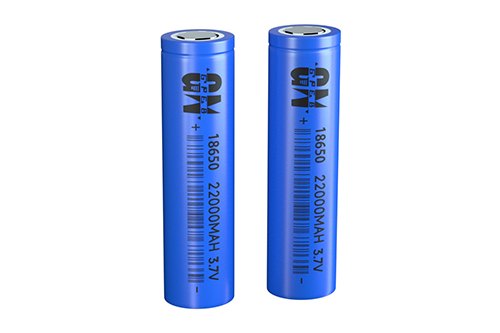
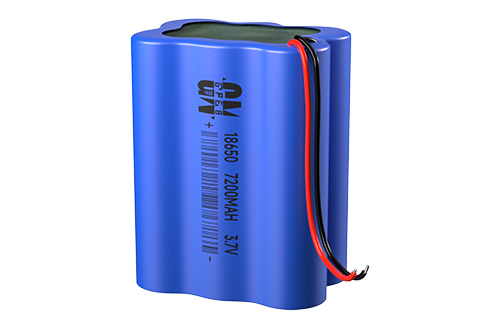

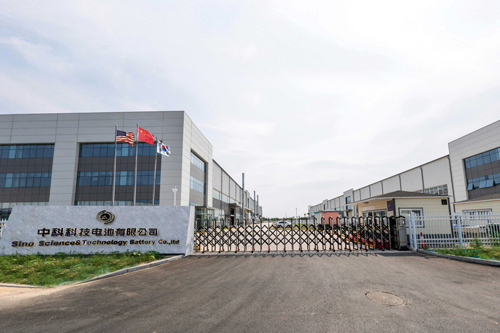

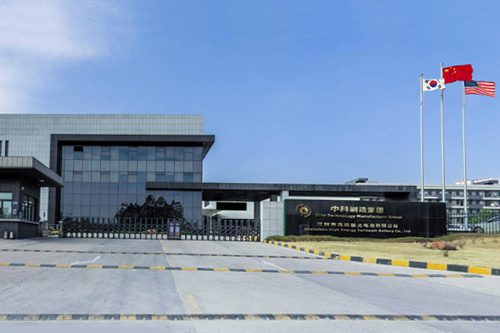

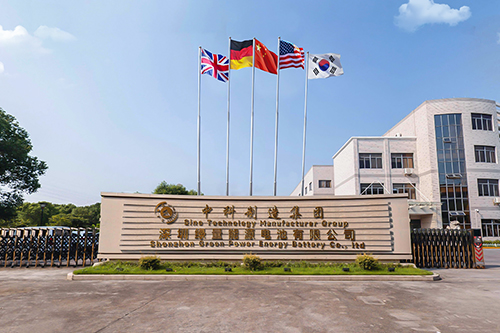

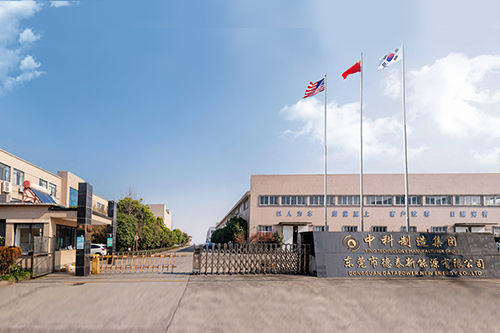

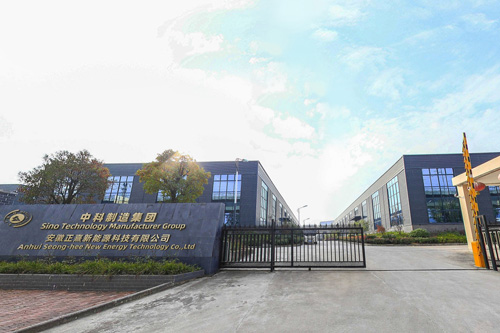

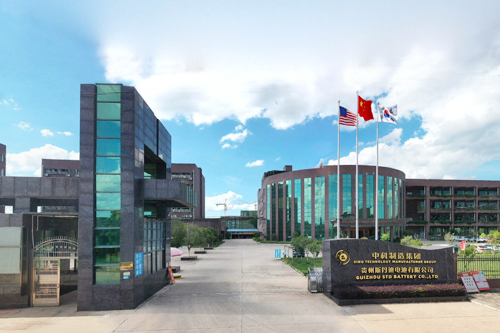

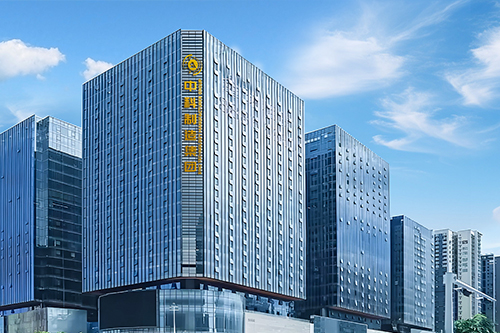




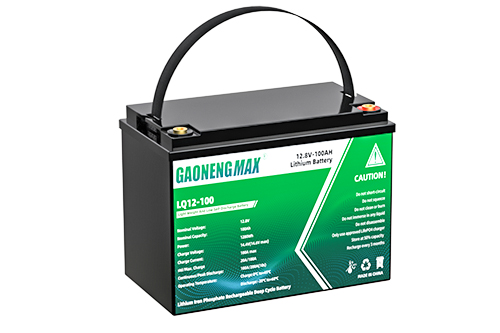
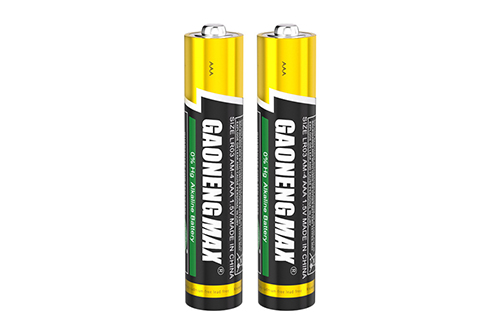

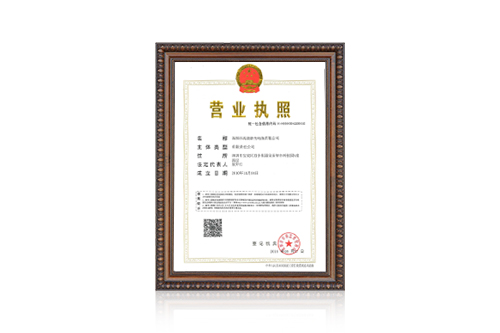
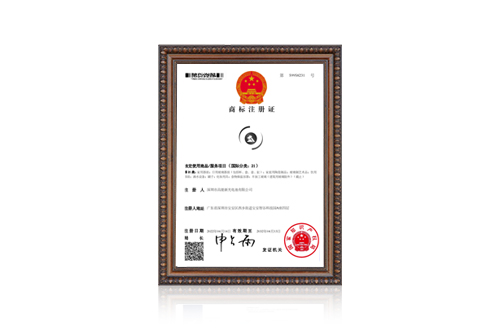
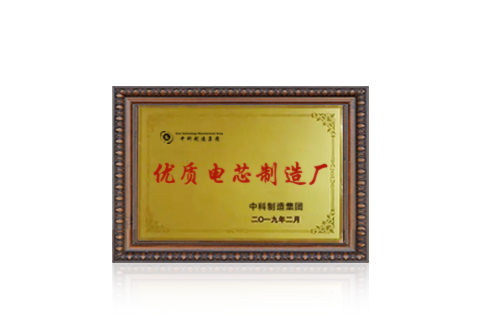
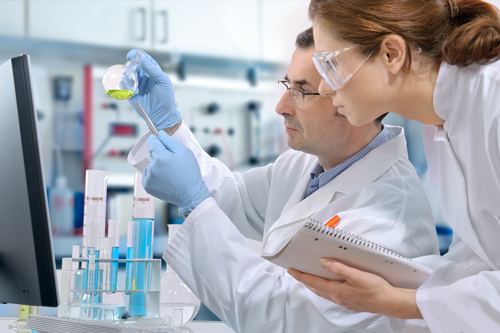
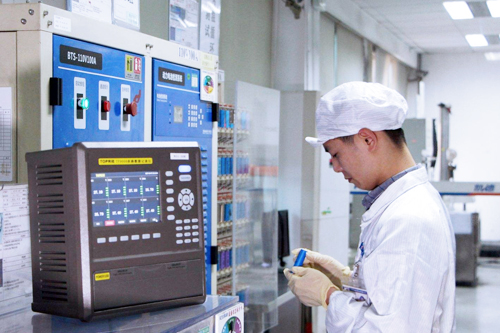
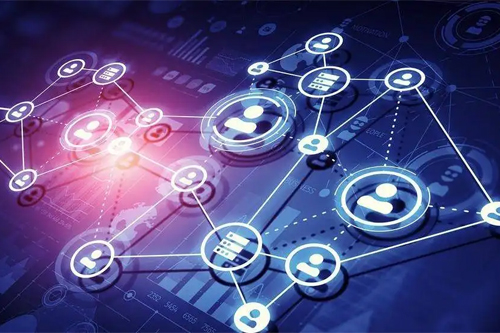















 360° FACTORY VR TOUR
360° FACTORY VR TOUR
 Whatsapp
Whatsapp
 Tel
Tel Email
Email TOP
TOP